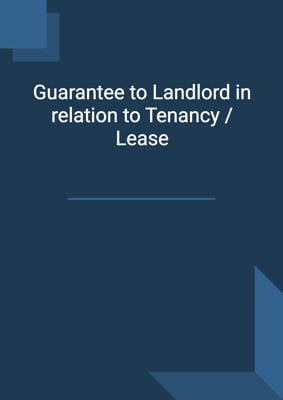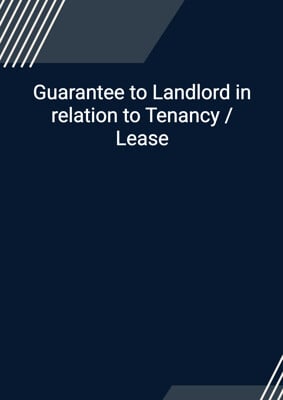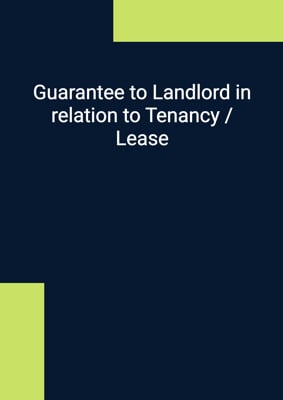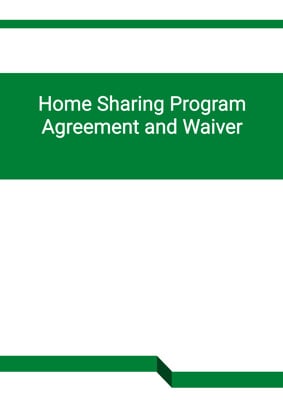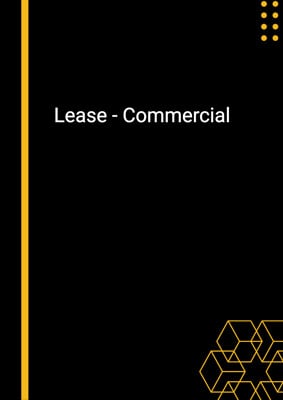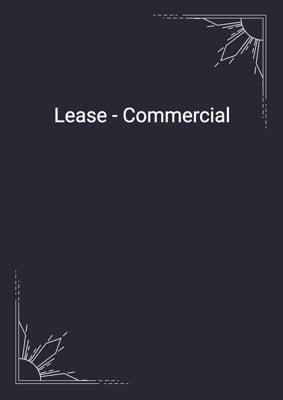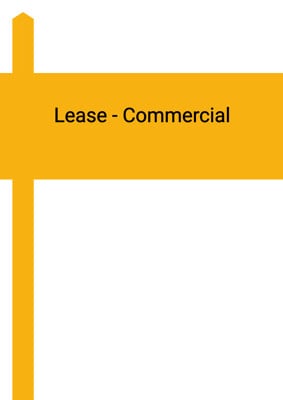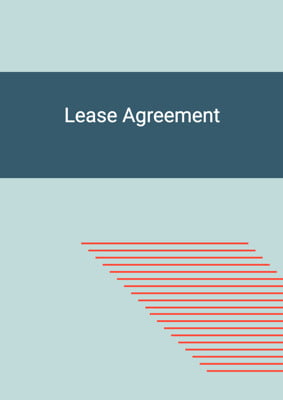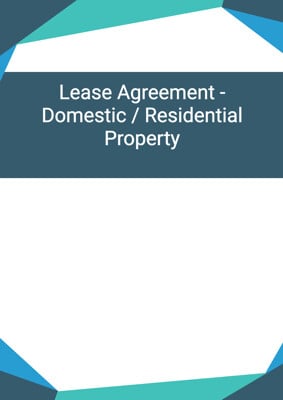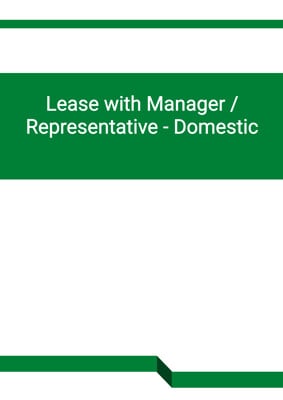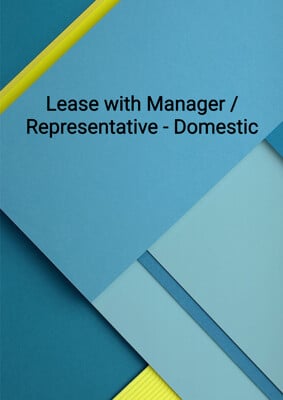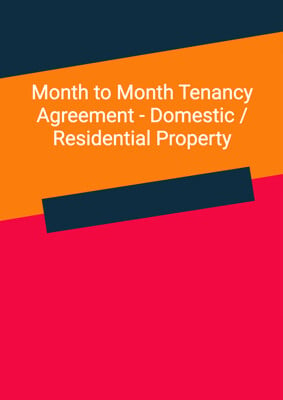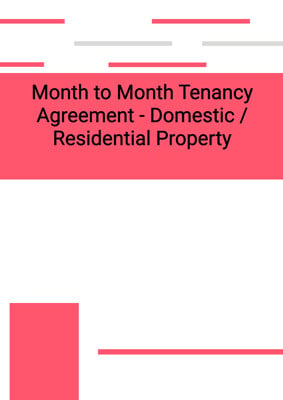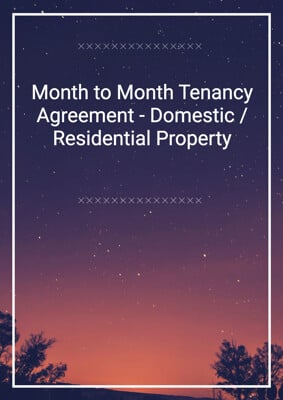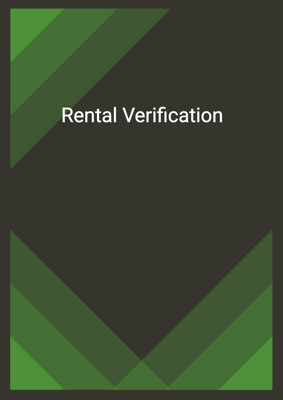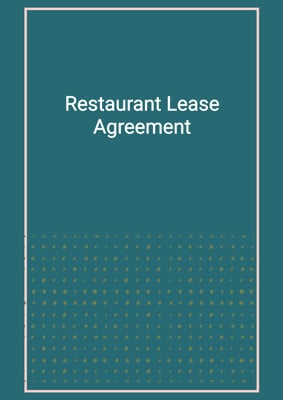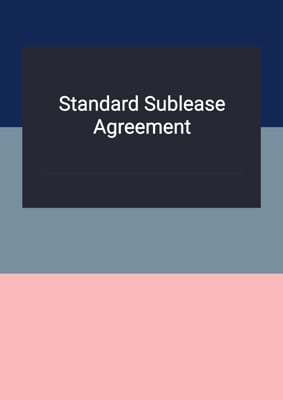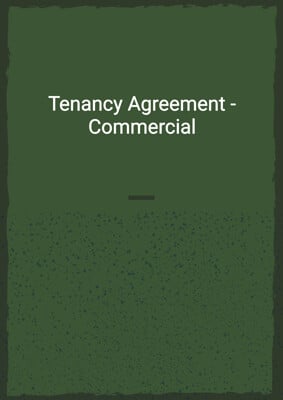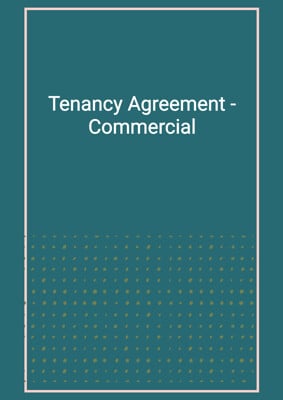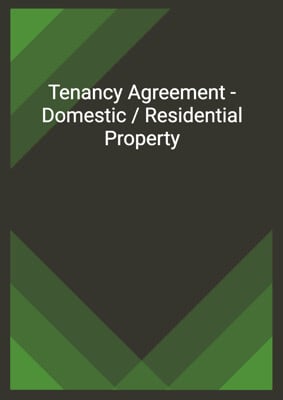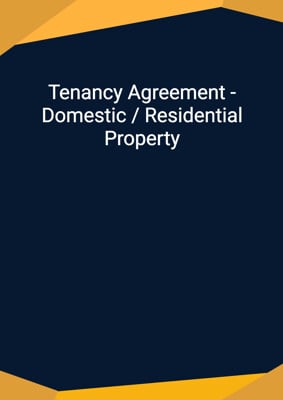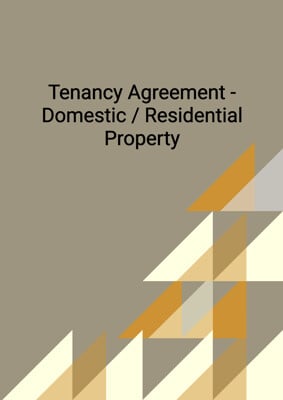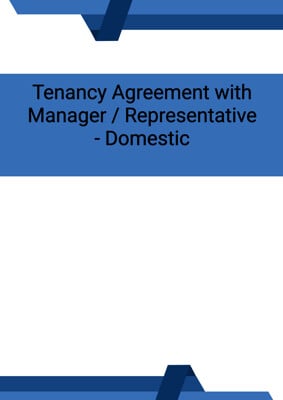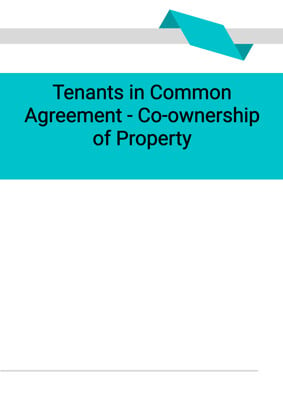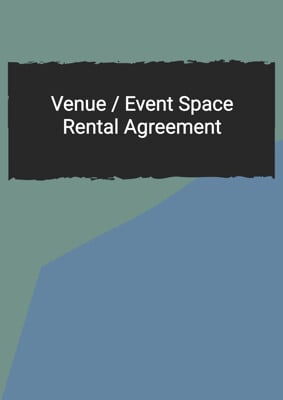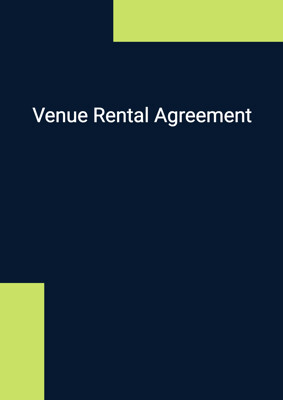
Tenancy Agreement with Manager / Representative - Domestic
Tenant
Tenancy Agreement for the lease of residential property with options on rent-free period, early termination, and termination by the Tenant in case of transfer / cessation of the Tenant's employment (Diplomatic / Break Clause). The term is generally less than 3 years. The Landlord appoints a representative / manager to manage the property on its behalf. This is drafted in favour of the Tenant.
How to Tailor the Document for Your Need?
01
Create Document
Fill in the details of the parties. You can click the "Fill with Member’s Information" button to complete it with information saved to your account.
02
Fill Information
Please fill in any additional information by following the step-by-step guide on the left hand side of the preview document and click the "Next" button.
03
Get Document
When you are done, click the "Get Document" button and you can download the document in Word or PDF format.
04
Review Document
Please get all parties to review the document carefully and make any final modifications to ensure that the details are correct before signing the document.
Document Preview
Document Description
The 'Tenancy Agreement with Manager / Representative - Domestic' is a legal document that outlines the terms and conditions of a tenancy agreement between a landlord, tenant, and representative. The document is important as it establishes the rights and responsibilities of all parties involved in the tenancy.
The entire document consists of several sections that provide detailed information about the tenancy. The first section introduces the parties involved, including the landlord, tenant, and representative. It also states the purpose of the agreement, which is to lease the premises for residential purposes.
The second section of the document specifies the term of the tenancy, including the start and end dates. It also mentions the possibility of termination after a certain period and the conditions for renewal. Additionally, it highlights the tenant's obligation to deliver vacant possession of the premises upon expiry.
The third section focuses on the rent payment. It states the amount of rent, the inclusion of furniture and appliances, and the tenant's responsibility for utility charges. It also mentions the requirement for the tenant to pay the rent and initial deposit before moving into the premises.
The fourth section addresses the deposit, stating the amount and the conditions for its return. It also mentions the landlord's right to retain the deposit in case of a breach by the tenant.
The fifth section discusses other charges, such as water, electricity, and management fees. It specifies which party is responsible for each payment.
The sixth section outlines the landlord's responsibilities, including maintaining the premises, ensuring proper estate management, and complying with legal requirements. It also mentions the landlord's obligation to pay taxes and provide necessary utilities.
The seventh section highlights the tenant's responsibilities, such as paying rent and charges, maintaining the premises, and complying with laws and regulations. It also mentions the tenant's obligation to allow the landlord access for repairs.
The eighth section covers the termination of the tenancy, stating the conditions under which either party can terminate the agreement. It also mentions the tenant's right to extend the lease and the procedure for doing so.
The ninth section addresses the situation where the premises become unfit for occupation, stating the rights and obligations of both parties in such a case.
The tenth section includes miscellaneous provisions, such as the entire agreement clause, the validity of individual provisions, and the waiver of breach.
The eleventh section clarifies that the agreement does not confer any rights on third parties.
The twelfth section specifies the governing law and jurisdiction for any disputes arising from the agreement.
The thirteenth section provides guidelines for giving notices and the addresses of the parties involved.
In summary, the 'Tenancy Agreement with Manager / Representative - Domestic' is a comprehensive document that covers all aspects of a residential tenancy. It ensures that both the landlord and tenant are aware of their rights and responsibilities, and provides a framework for resolving any disputes that may arise.
How to use this document?
1. Provide information: Enter the names and addresses of the landlord, tenant, and representative in the agreement. Make sure all parties are clearly identified.
2. Specify the term of tenancy: Clearly state the start and end dates of the lease. If there is a possibility of termination, mention the conditions and notice period required.
3. Discuss rent payment: Specify the amount of rent and whether it includes furniture and appliances. Also, clarify the tenant's responsibility for utility charges.
4. Address the deposit: State the amount of the deposit and the conditions for its return. Mention the circumstances under which the landlord can retain the deposit.
5. Clarify other charges: Specify which party is responsible for payments such as water, electricity, and management fees.
6. Outline landlord's responsibilities: Mention the landlord's obligations regarding maintenance, estate management, and legal compliance. Also, clarify the landlord's responsibility for providing utilities.
7. Highlight tenant's responsibilities: Clearly state the tenant's obligations, including rent and charge payments, maintenance of the premises, and compliance with laws and regulations.
8. Discuss termination: Explain the conditions under which either party can terminate the agreement. Provide guidelines for lease renewal if desired by the tenant.
9. Address premises unfit for occupation: Clarify the rights and obligations of both parties if the premises become unfit for use.
10. Include miscellaneous provisions: Cover any additional provisions, such as the entire agreement clause, validity of individual provisions, and waiver of breach.
11. Specify governing law and jurisdiction: State the applicable laws and jurisdiction for any disputes arising from the agreement.
12. Provide guidelines for giving notices: Clarify the methods and timelines for giving notices to the parties involved.
Note: This guidance is a summary and does not cover all the details of the document. It is important to refer to the actual agreement for complete information and legal accuracy.
Not the right document?
Don’t worry, we have thousands of documents for you to choose from:




